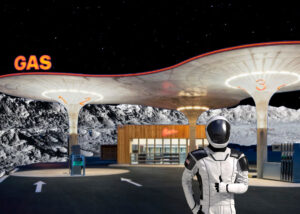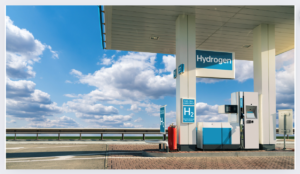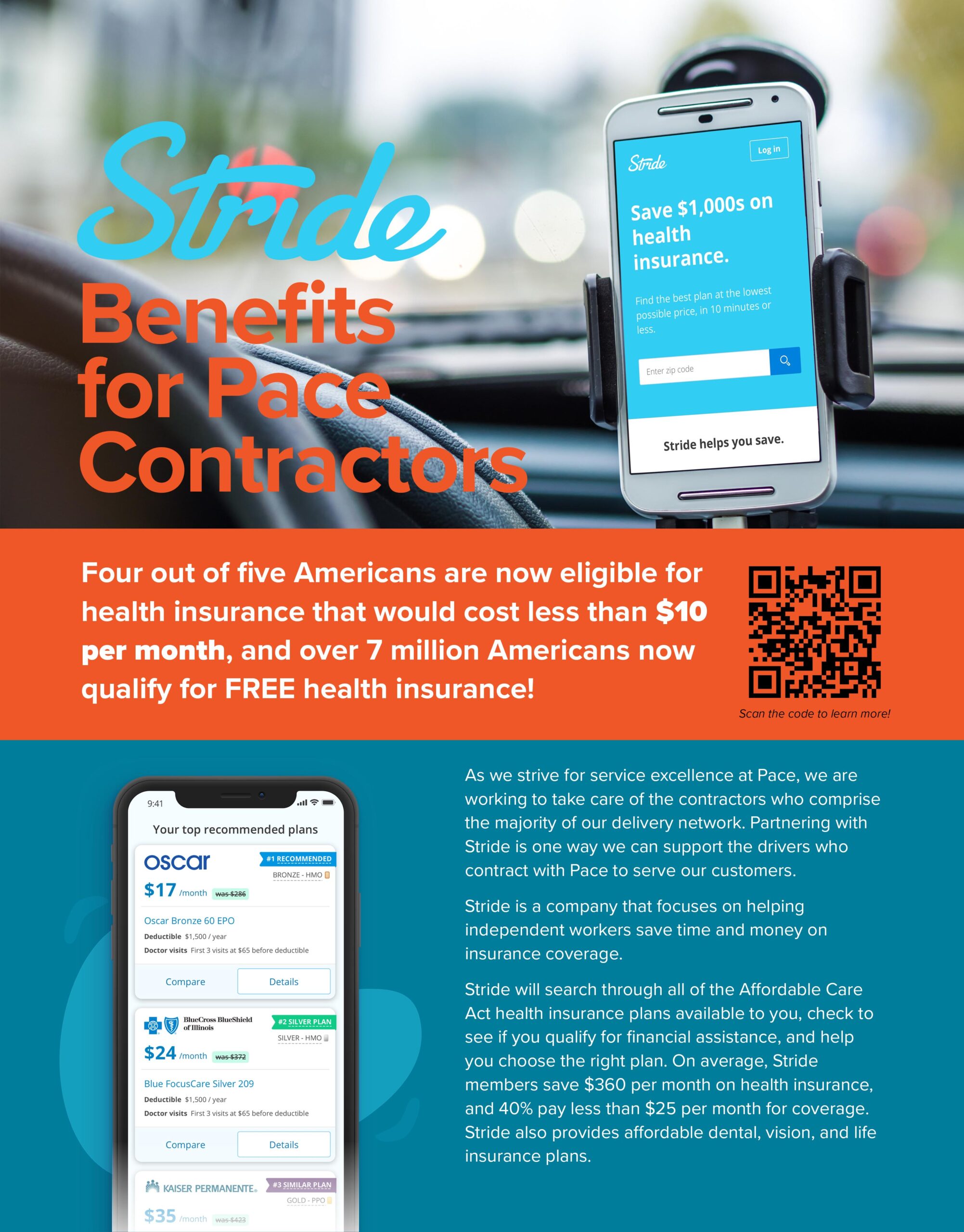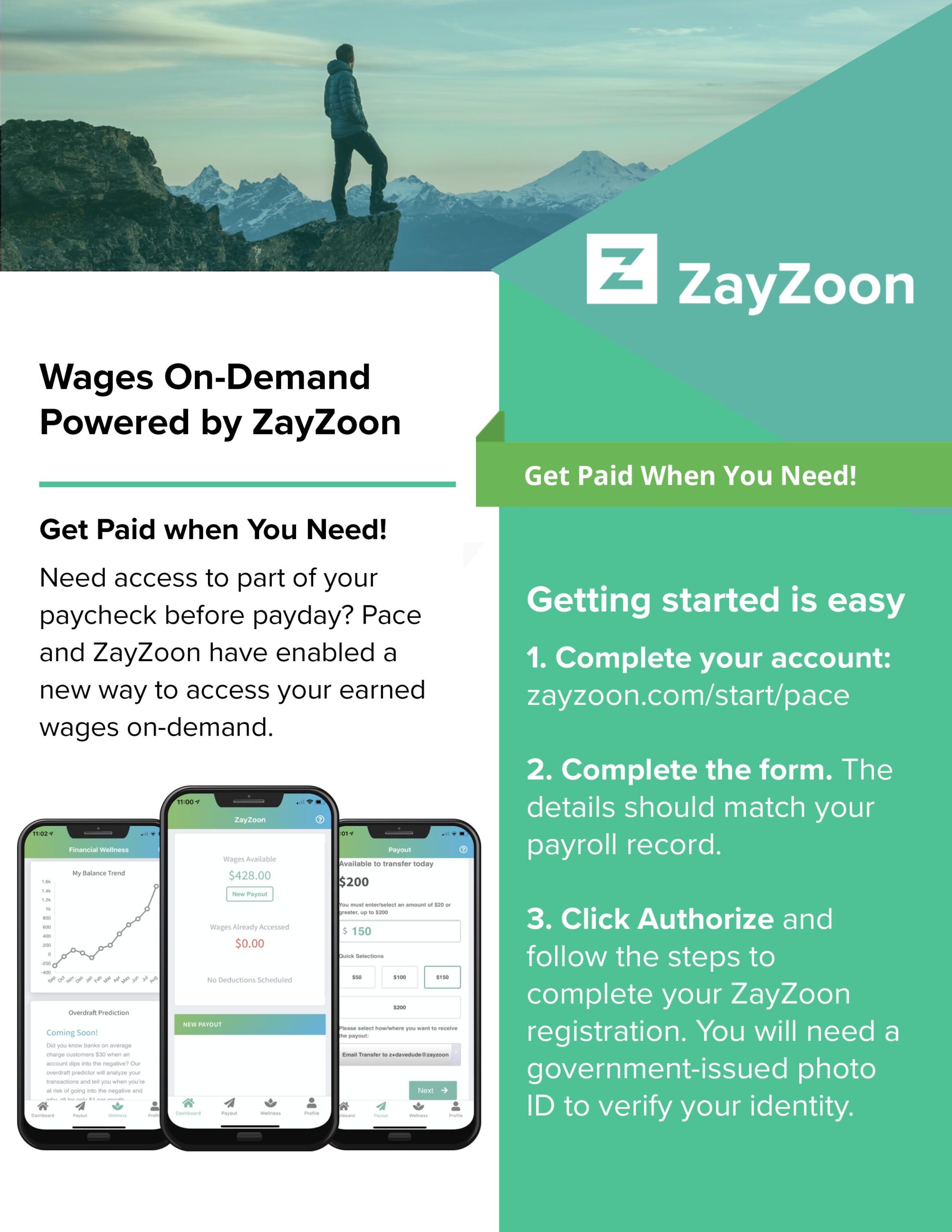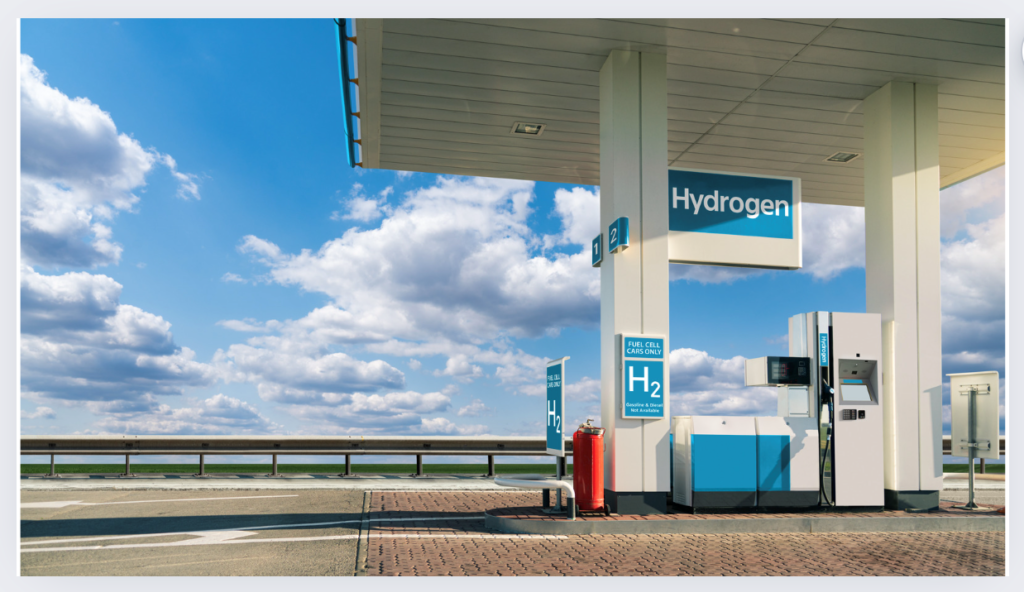
Recently, on Logistics Lab, we explored the viability of hydrogen as an alternative fuel source to power commercial vehicles. While EV’s and hybrid cars and trucks have garnered the most attention, hydrogen is the most plentiful element in the universe and seems to meet all the criteria for a dream fuel.
So why have hydrogen fuel cells lagged so far behind competing technologies? There are many reasons currently, although most will probably be surmounted over time because the potential results are worth the cost and effort.
Challenges with Hydrogen Fuel
Efficiently refining hydrogen into usable fuel is expensive. The most common method (steam methane reforming or SMR) requires natural gas as the primary energy source. Another method is electrolysis, which needs considerable electricity to split water into hydrogen and oxygen.
Significant infrastructure costs include setting up hydrogen production plants, storage facilities, and distribution networks. Hydrogen fuel is also expensive to transport, so in most cases, it’s consumed where it’s produced. The cell technology for vehicles can be complex, and because there are so few hydrogen-powered vehicles in use, the lack of economies of scale keeps costs high for now.
According to Deloitte Consulting, the green* or clean hydrogen market is expected to outpace the value of liquified natural gas (LNG) by 2030. By 2050, Deloitte predicts the clean hydrogen global market will be worth $1.4 trillion.

*A color-coded terminology is commonly used worldwide to identify how hydrogen is produced. Black hydrogen comes from coal, blue and gray hydrogen from natural gas, and green hydrogen from water.
In March of this year, the Department of Energy announced $750 million in funding for 52 projects across 24 states designed to reduce the cost of clean hydrogen and reinforce American leadership in the growing hydrogen industry.
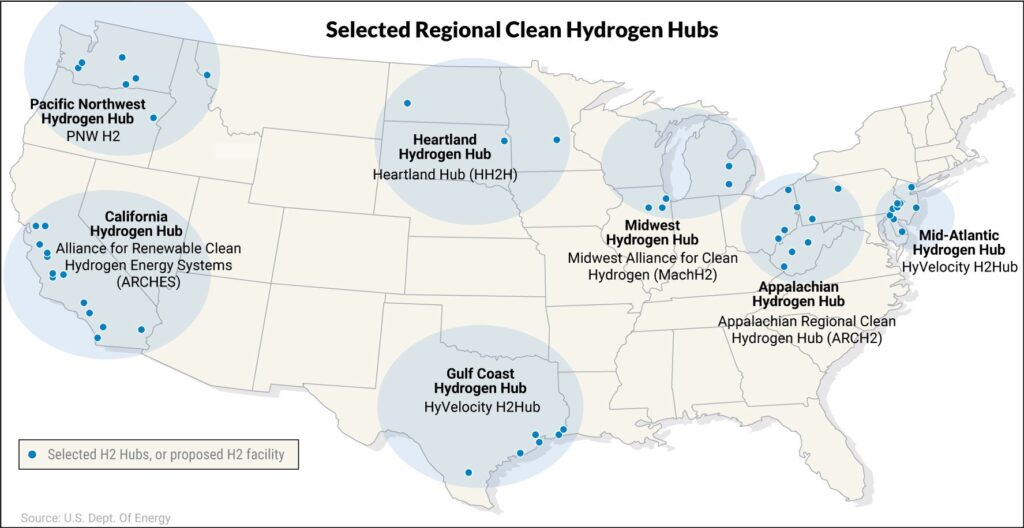
Hydrogen Energy On The Road
Fewer than 12,000 hydrogen-powered vehicles were on U.S. roads in 2022. California reported that 3,143 hydrogen-powered vehicles were registered there in 2023. According to the California Energy Commission, that’s less than 1% of all EVs, and California is the most developed market in the U.S. for hydrogen-fueled cars. Still, it has only 68 public hydrogen fueling stations in operation with 28 more in the works.
Only Toyota and Hyundai offer hydrogen-fuel cars in the U.S. Honda discontinued its Clarity Fuel Cell sedan in 2021. However, BMW has its iX5 hydrogen concept vehicle. And in February, Honda unveiled a plug-in hydrogen CR-V that will be available in California later in 2024.
Manufacturers pursuing hydrogen fuel for commercial vehicles with the potential to serve the logistics industry include:
- General Motors – The only company developing and selling both hydrogen fuel cells and EV battery technology. GM is developing a fleet of hydrogen-powered medium-duty trucks for a DOE pilot.
- Honda – The company started production of hydrogen fuel cells that will power commercial trucks, heavy equipment, generators, and to a lesser extent, passenger vehicles. Honda also aims to achieve carbon neutrality for all products and corporate activities by 2050.
- Nikola – One of the leaders in hydrogen-truck-fueled technology.
- These three traditional truck manufacturers are all working on developing hydrogen fuel-cell big rigs:
- Kenworth
- Hyundai
- Volvo
Will hydrogen become the fuel of choice for long-distance trucking, heavy-duty work, and power generation in a (not-too-distant) zero-carbon-emissions future? Fuel cells offer longer range and quicker refueling than battery-electric vehicles, giving them an advantage in industries where every minute of downtime has an impact on the bottom line.
Hydrogen may eventually win out over EV trucks and vans used for commercial deliveries, but for the foreseeable future, there will be a pull between the cost of ownership and the convenience and availability of refilling stations, just as there is now with the gradual expansion of charging stations for electric vehicles.
Advocates believe a relatively small, strategically spaced network of hydrogen filling stations could eventually make fuel cells a viable alternative to the diesel engines that drive so much of our industry and the modern economy.





